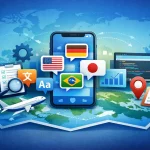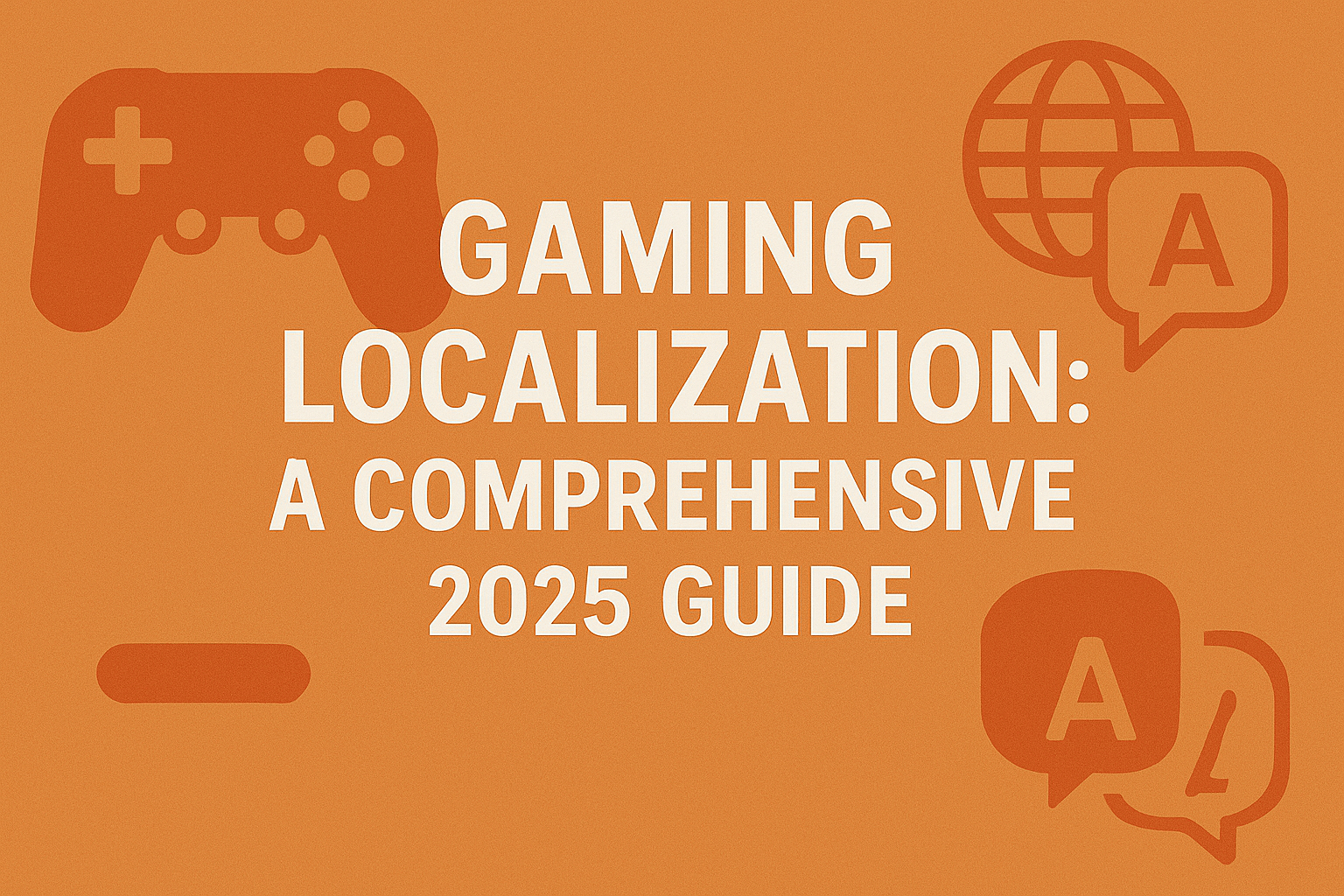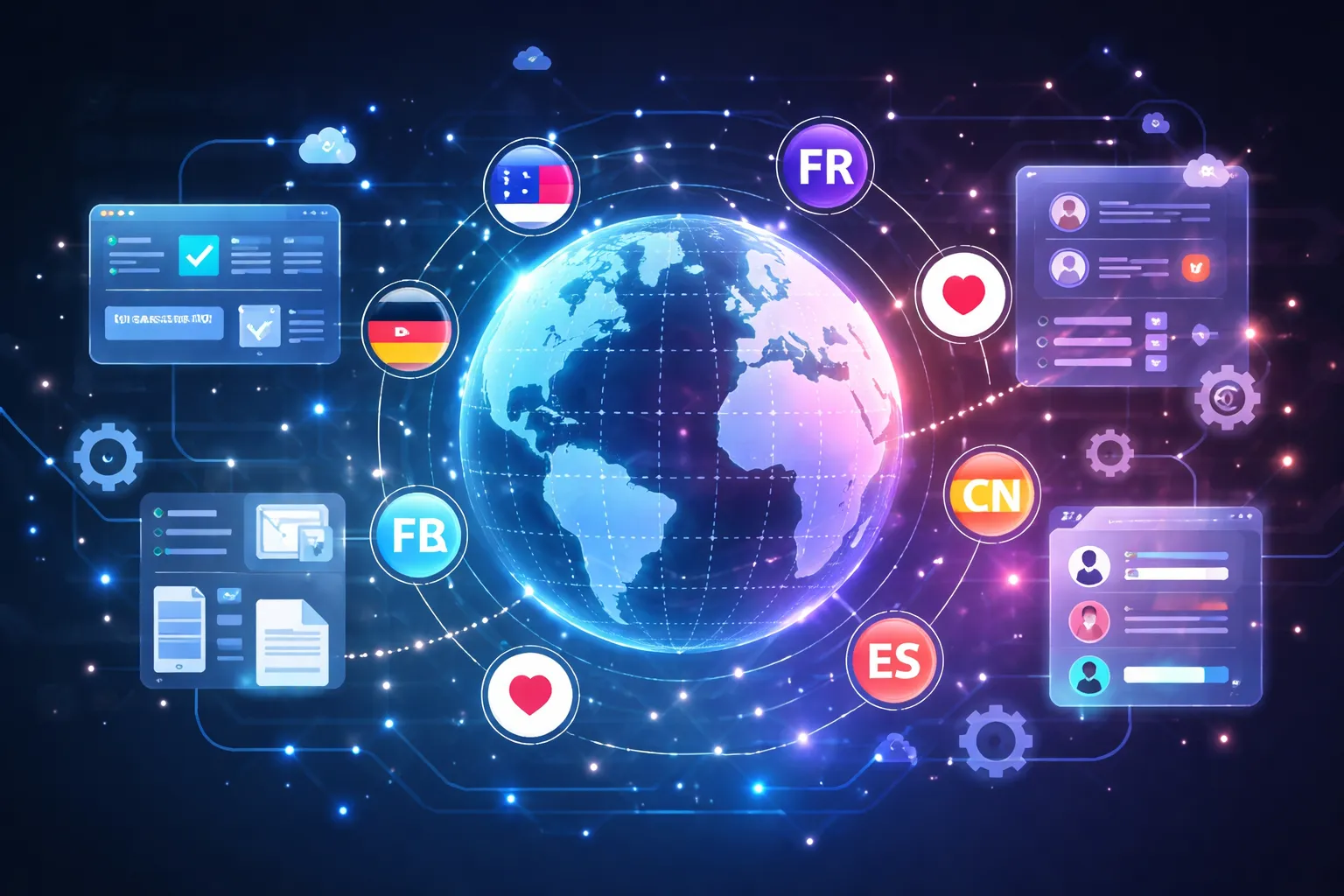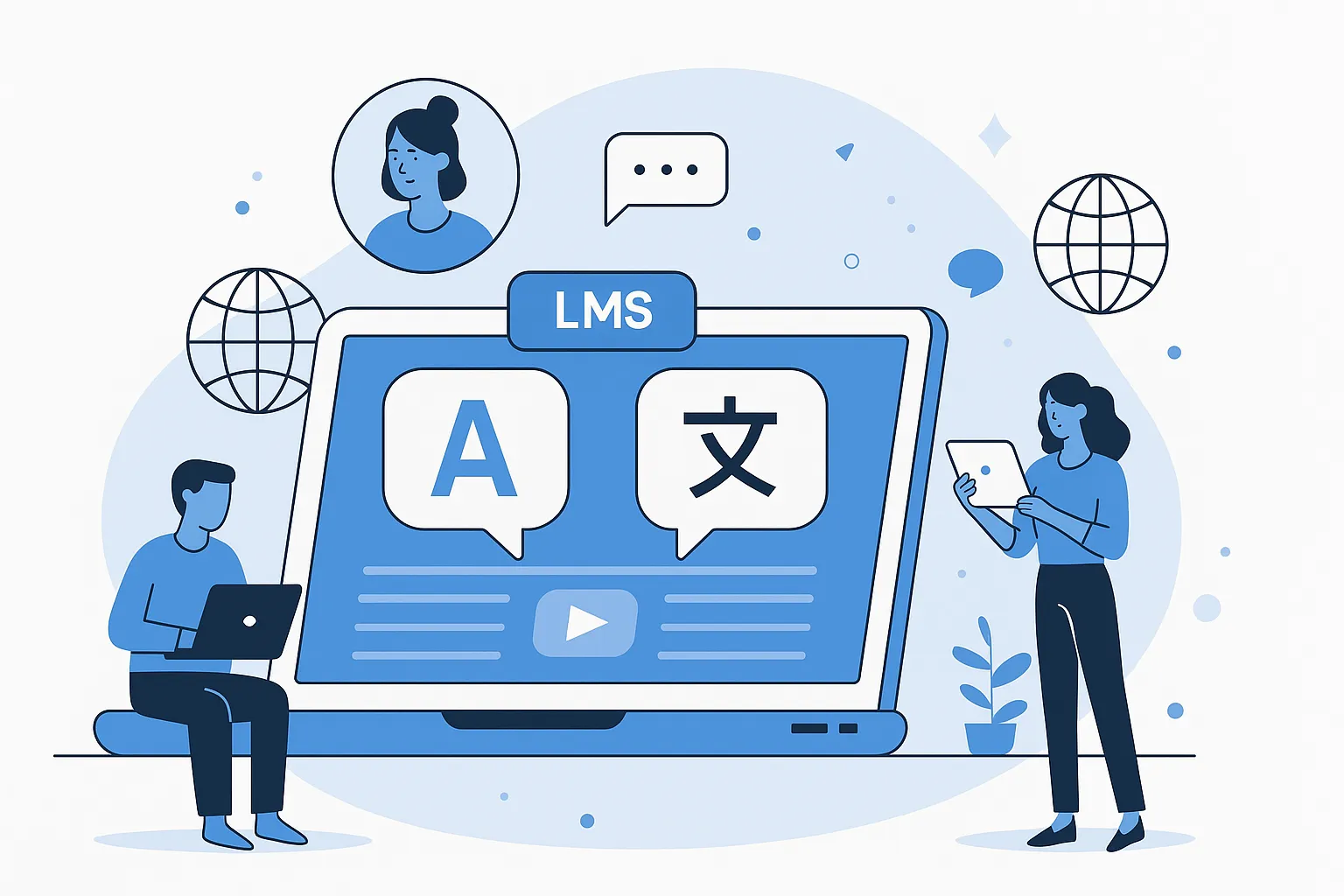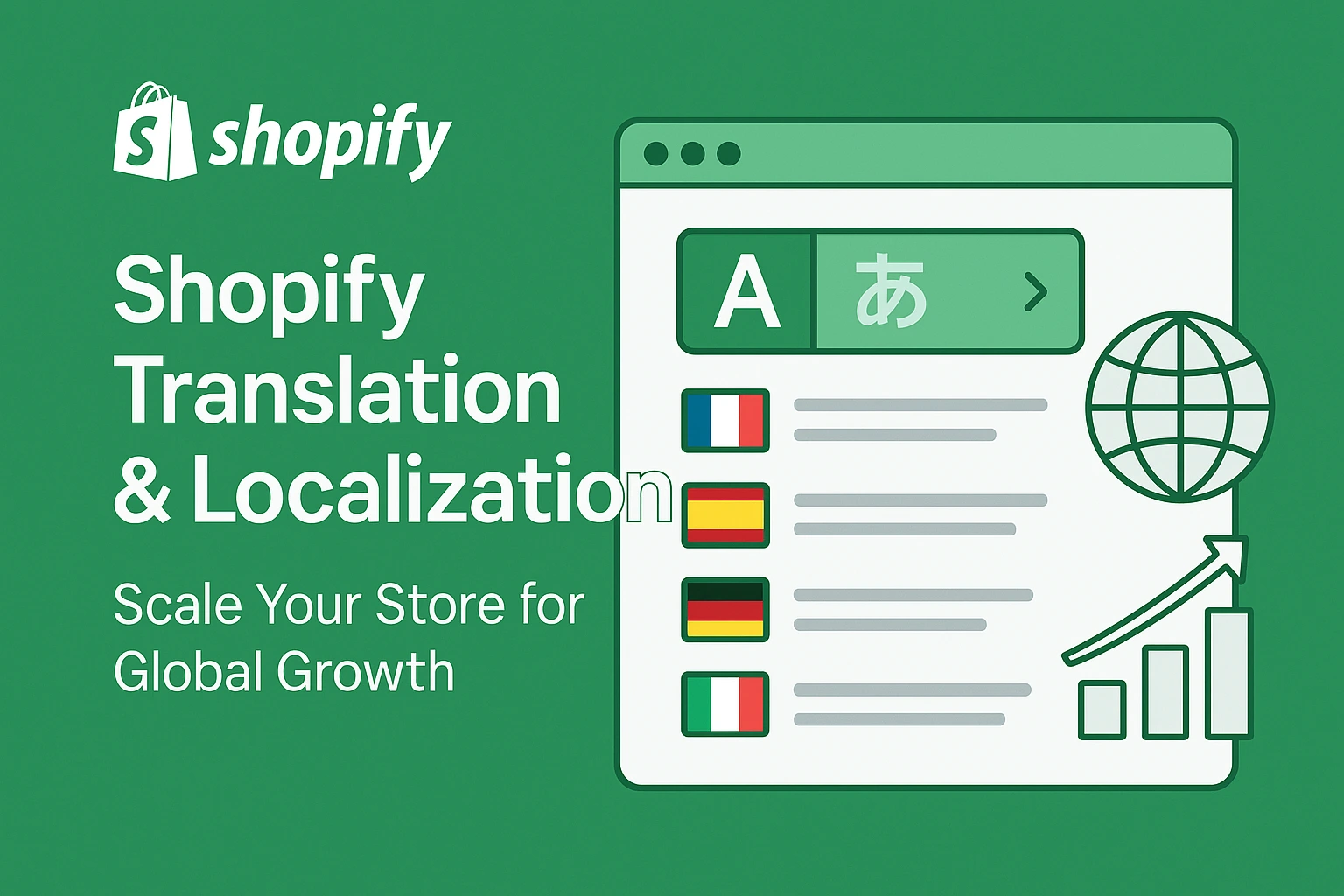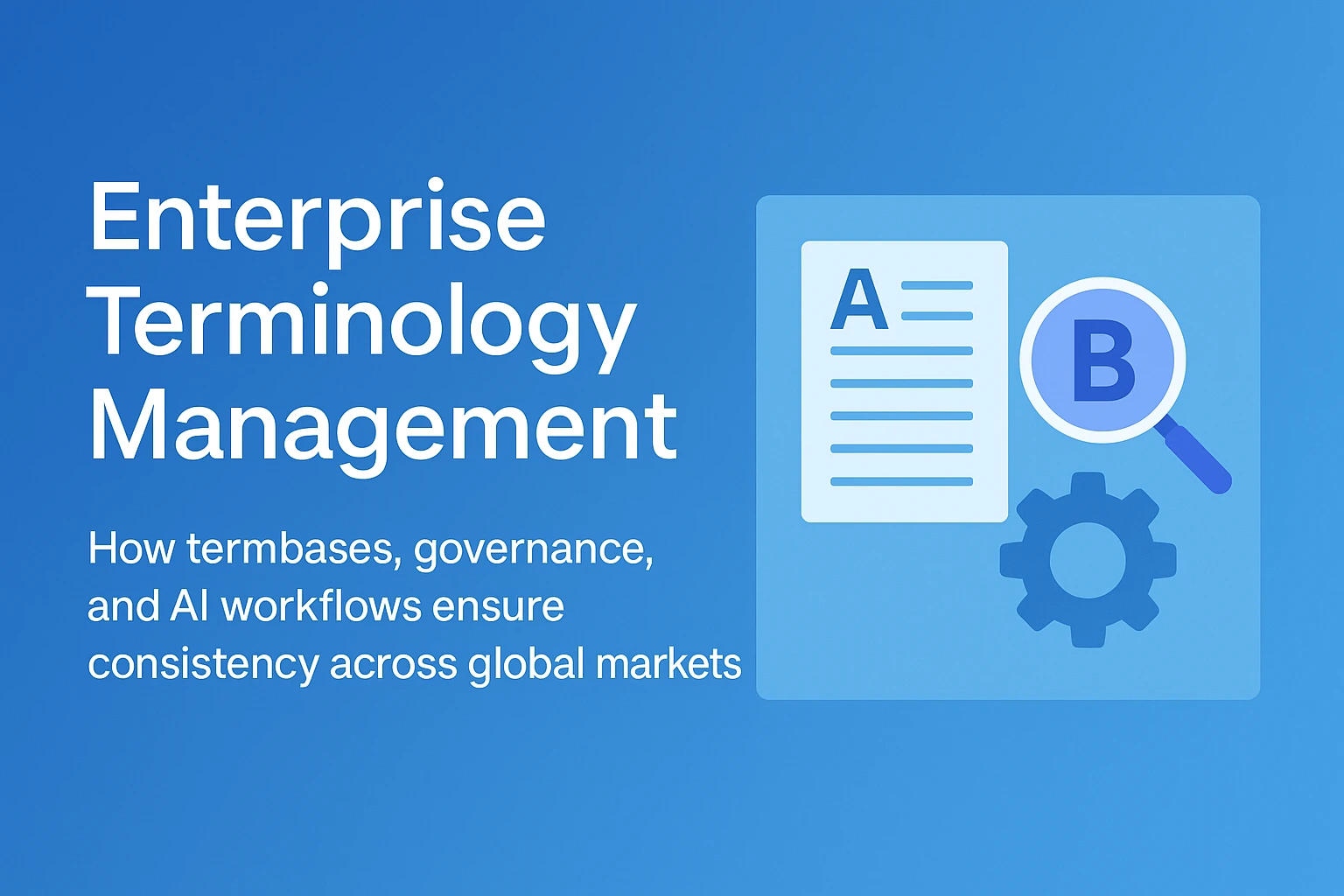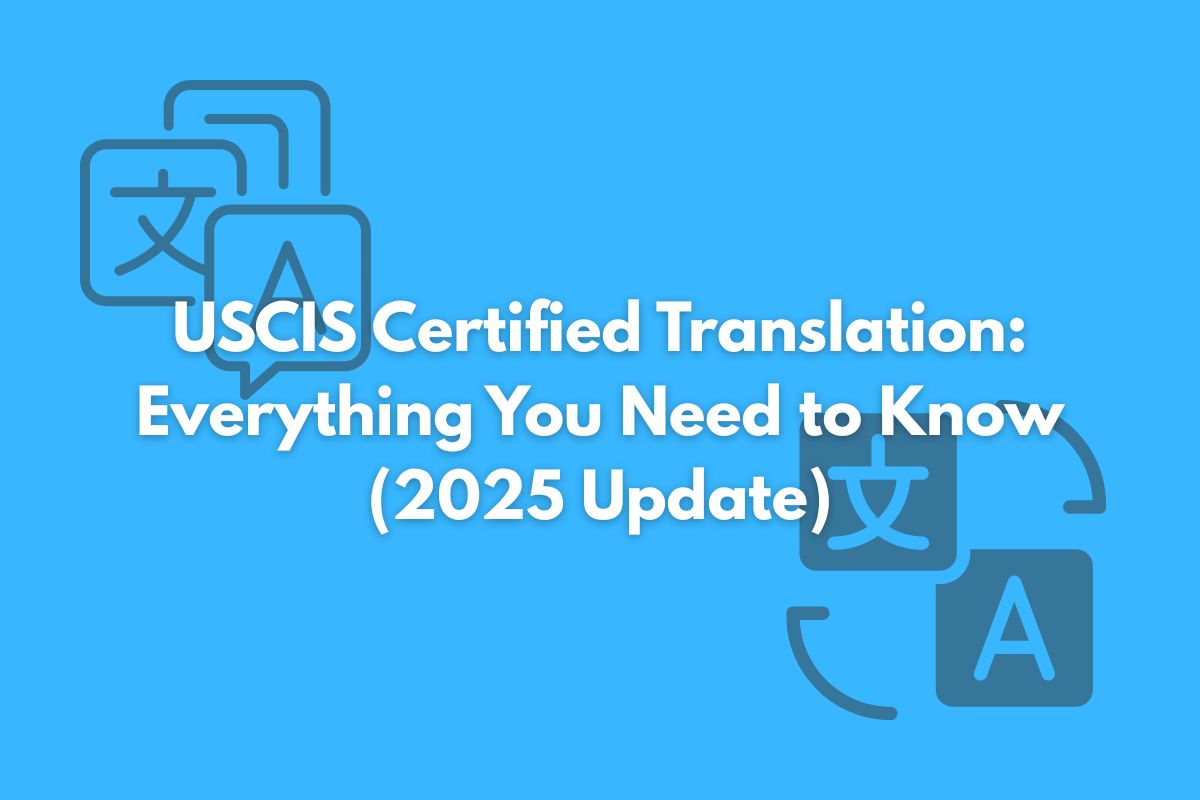In today’s global gaming landscape, where titles are launched simultaneously across multiple countries, localization is essential, not optional. More than just translation, it involves adapting a game’s content, visuals, and cultural references to fit each audience’s expectations. From UI text and voiceovers to slang, humor, and local regulations, effective localization makes a game feel truly native.
It’s not just about language, it’s about preserving immersion. A well-localized game resonates with local players, avoids cultural missteps, and boosts engagement. Studies show gamers are far more likely to buy games in their native language.
As markets in Latin America, Asia, and the Middle East grow, both indie and AAA developers must prioritize localization to stay competitive. This 2025 guide explains what localization involves, how it differs from translation, why it matters more than ever, and how to find the right tools and partners.
What Is Gaming Localization?
Gaming localization is the comprehensive process of adapting a video game for players in different languages, cultures, and regions. It ensures the experience feels natural and immersive, no matter where it’s played.
It includes more than just translating dialogue or menu text. Localization involves modifying voiceovers, subtitles, in-game user interfaces (UI), cultural references, character names, imagery, and even gameplay mechanics to align with local expectations and norms.
The key difference between translation and localization lies in depth. While translation focuses on converting words from one language to another, localization interprets the context, tone, and cultural meaning behind those words.
For example, a joke that works in American English might fall flat, or even offend, in Japanese or Arabic. Localization professionals ensure that humor, slang, idioms, color symbolism, and social references resonate appropriately with each audience.
Additionally, localization helps ensure regulatory compliance, such as censorship laws or age ratings that vary by region. By localizing a game effectively, developers not only increase market accessibility but also enhance brand perception, player satisfaction, and ultimately, their global revenue potential.
Game Translation vs Game Localization
| Feature | Game Translation | Game Localization |
| Focus | Textual conversion | Full cultural adaptation |
| Includes | Dialog, menus, subtitles | Translation + UI, visuals, idioms, humor |
| Example | Translating quests into French | Adapting a joke or cultural reference for Japan |
Game Translation
Game translation is the process of converting written game content from one language into another. It focuses exclusively on the literal and functional transfer of text. It also ensures players can read and understand the game’s basic elements in their language.
What It Includes:
- Dialogue and character speech (text form)
- Menus and navigation items
- Tooltips, tutorials, and help texts
- Subtitles and item descriptions
Purpose:
The goal is to make the game comprehensible to foreign-language players without altering any underlying cultural elements or visuals.
Example:
Translating quest objectives or menu buttons from English into French. The content stays the same, but the language is converted word-for-word.
Limitations:
While the game becomes linguistically accessible, it may still feel foreign. Idioms, jokes, slang, and visual cues may not resonate with local players. This can affect immersion and reduce emotional connection.
Game Localization
Game localization goes beyond translation. It adapts the entire game experience. This includes text, visuals, and audio. It also covers cultural references. The goal is to fit a specific region or audience.
What It Includes:
- Translation of all game text, with cultural relevance in mind
- Adapting humor, idioms, and references
- Changing date formats, currencies, and legal disclaimers
- Modifying in-game visuals or character names that might be inappropriate or confusing in some regions
- Adjusting user interface layout (e.g., for right-to-left languages)
- Dubbing voiceovers in the local accent or emotional tone
- Ensuring compliance with local content regulations and age ratings
Purpose:
To make the game feel native to the target audience, like it was made for them from the beginning.
Example:
Instead of directly translating an American baseball joke for Japanese players, the localization team makes changes. They replace the joke with something more familiar. This could be a sumo wrestling metaphor or a local pop culture reference. The goal is to make the humor relatable to the audience.
Benefits:
- Deepens immersion
- Increases global sales and player satisfaction
- Builds brand trust in international markets
- Helps comply with legal and cultural expectations
In a competitive global gaming market, localization is the key to true engagement..
How Gaming Localization Works
Gaming localization is a multi-step process that ensures a video game feels native to players in different regions. It goes far beyond simple text translation. It also involves cultural, technical, and linguistic adjustments to deliver a seamless, immersive experience. Here’s a breakdown of the core steps involved:
1. Source Analysis
Before translation begins, localization experts analyze the source content to understand the game’s tone, mechanics, character context, and specialized terminology. This step ensures linguistic consistency and helps prepare for culture-specific adaptations. Developers may provide glossaries, style guides, and context files (like scripts or gameplay footage) to aid this stage.
2. Cultural Adaptation
Cultural references that may not resonate with certain audiences are adapted. If there’s a risk of offending, they are replaced entirely. This includes:
- Renaming characters or places
- Modifying jokes, idioms, or humor
- Replacing culturally specific imagery or symbols
- Addressing religious or political sensitivities
This step ensures the game aligns with the local culture, norms, and expectations.
3. Linguistic Translation
This is the core language conversion step, where in-game content is translated, including:
- User interface (UI) text
- Dialogue and item descriptions
- Menus, tutorials, tooltips
- Notifications and achievement messages
Accuracy and fluency are essential to maintain the tone and consistency of the original game.
4. Voiceover and Subtitling
For fully immersive gameplay, voiceovers may be recorded using native speakers to match the region’s accents and emotional tone. If full dubbing isn’t feasible, subtitles are created with proper synchronization and readability for cutscenes and dialogues.
5. UI/UX Adjustments
Languages differ in length and structure. For example, German and Russian tend to expand text length, while Arabic requires right-to-left formatting. The UI is adjusted to accommodate these changes without affecting game usability or aesthetics.
6. LQA Testing (Localization Quality Assurance)
Finally, Localization QA involves native-speaking testers playing through the localized game to catch:
- Linguistic errors or inconsistencies
- Layout bugs (e.g., cut-off text)
- Culturally inaccurate or inappropriate content
- Technical performance issues in localized builds
This step ensures the game functions properly and delivers a culturally respectful, immersive experience in every target market.
Gaming localization is a detailed, team-driven process. It involves language skills, cultural insight, and technical coordination. When done well, it makes the game feel tailor-made for players in every region.
Why Gaming Localization Matters in 2025
Gaming localization isn’t just a marketing choice. It’s a must for earning in today’s global market.
By 2025, the gaming industry will pass $230 billion. Over 70% of that will come from English-speaking countries. Most of the growth is happening in places that need games in their local language.
Localized games perform better in global markets. Games released in Spanish, Japanese, German, or Korean often do 15% to 40% better than English-only versions. It’s not just about readable text. It’s about helping players feel connected.
When the game speaks their language and fits their culture, players enjoy it more and stay longer. A 2024 Statista survey found this: 58% of gamers are more likely to buy a game in their native language. In Brazil, Turkey, and Southeast Asia, the number is even higher.
Localization also helps in other ways. It leads to better reviews. It increases word-of-mouth promotion. It reduces confusion and support issues. All of this means more profit.
As competition grows in 2025, localization can give studios a strong edge. Those who plan for it early, not at the end, will do better globally.
Languages That Drive Engagement in Gaming
| Language | Market Regions | Engagement Impact |
| Spanish | LATAM, Spain | Large mobile market |
| Japanese | Japan | High spend per player |
| German | DACH region | PC & console-heavy |
| Korean | South Korea | Esports and MMOs |
| Portuguese (BR) | Brazil | Growing indie market |
| Arabic | MENA | Mobile-first ecosystem |
Cultural Nuances and Local Preferences
Cultural adaptation is at the heart of effective game localization. It’s not just about translating language. It’s about translating experience. Players engage more deeply when the game world feels familiar, relatable, and respectful of their cultural context. Even a single mistranslated idiom or inappropriate reference can break immersion, or worse. It may offend an entire market.
For example, humor in Japan tends to rely on contextual cues, wordplay, and subtle social dynamics. A joke that lands well in the U.S. may fall flat or feel awkward unless carefully adapted. In contrast, Brazilian gamers respond well to emotionally expressive, relaxed, and colloquial dialogue, making localization tone and slang crucial for connection.
Games often adjust:
- Character names to avoid unintended meanings or to feel culturally appropriate
- Festivals and holidays to align with regional calendars (e.g., replacing Halloween with Día de los Muertos in Latin markets)
- Currency systems and units of measurement for regional familiarity
- Slang and idioms to match how players speak in their everyday lives
Cultural preferences also influence game design elements, such as color symbolism, gestures, or even acceptable themes (e.g., censorship laws in China or Germany). Ignoring these details can lead to negative reviews, social media backlash, or outright bans.
Ultimately, deep cultural insight elevates localization from functional to immersive, ensuring that players feel the game was made with them in mind. In 2025’s crowded global market, this level of respect and precision isn’t optional.
Gaming Localization Challenges
Localizing a game isn’t just copy-paste. It’s a complex process that involves both technical and cultural work. Developers and localization teams face many challenges to make the game feel natural in every region. From design issues to legal rules, there’s a lot to handle. Here are some of the most common and important problems in game localization:
1. Text Expansion and Contraction
When translating from English to languages like German or Russian, the text often gets longer, sometimes up to 30%. This can break the user interface, overflow dialogue boxes, or mess up menu layouts. On the other hand, languages like Chinese or Japanese may shorten the text, leaving awkward empty spaces. To fix this, UI designers and localization teams need to work closely and plan for flexible layouts.
2. Hardcoded Elements
Some older or less-flexible game engines have text built directly into the code. This is called hardcoding. It makes translation very difficult and risky. Changing the text can break features or cause bugs. Some parts might even get missed during translation. Newer games use better systems that keep text separate from the code. But older games still face this issue and need extra care during localization.
3. Visual and Symbolic Sensitivity
Cultural norms vary widely around what is considered appropriate. Symbols like skulls, blood, gambling icons, or religious imagery may need to be altered or removed entirely. For instance:
- Skulls are restricted in China
- Religious icons may be banned or sensitive in Middle Eastern markets
- Sexual or violent content must be censored in countries like Germany or South Korea
Localization teams must not only translate text but also review visuals, animations, and even audio cues for cultural compliance.
4. Regulatory Differences
Games must adhere to region-specific age rating systems, such as:
- PEGI (Europe)
- ESRB (North America)
- CERO (Japan)
- GRAC (South Korea)
These systems have varying thresholds for violence, language, sexual content, and substance use. A game acceptable in one region might be banned or heavily censored in another. Localization must sometimes adjust cutscenes, missions, or mechanics to secure approval.
5. Localization Quality Assurance (LQA) Complexity
LQA is not just spellchecking. It involves native-speaking testers playing the game to assess:
- Language accuracy
- Cultural sensitivity
- Functionality bugs
- Text alignment and UI behavior
- Voiceover sync and subtitle timing
Running Localization Quality Assurance (LQA) across many languages and platforms is tough. It takes time, resources, and good coordination, especially with tight deadlines. But skipping or rushing LQA can cause serious problems. Players may find mistakes, and studios often face backlash and need to release quick patches.
Localization challenges in gaming go far beyond language. They intersect with art, law, code, and culture. Developers who plan early, use modular tools, and work with experienced localization professionals are far better equipped to navigate these pitfalls and deliver truly global titles.
Best Practices for Game Localization
Successful game localization doesn’t happen as an afterthought. It requires proactive planning, skilled execution, and iterative testing. Here’s a breakdown of the most effective practices that ensure your game resonates with global audiences while maintaining functionality, cultural authenticity, and immersive gameplay.
Plan Localization from Day 1
Localization should be integrated into your development workflow from the start, not added after the game is complete. Early planning helps avoid common issues like hardcoded text, incompatible UI layouts, and inaccessible assets. Building with localization in mind saves time, reduces costs, and makes multi-language rollout smoother.
Use Native-Speaking Translators with Gaming Experience
Language accuracy alone isn’t enough. You need native linguists who understand gaming mechanics, terminology, and tone. A translator familiar with RPGs, FPS games, or fantasy lore will know how to preserve immersion, handle dialogue trees, and adapt genre-specific elements in a way that feels natural to the target audience.
Implement LQA Cycles (Test Localization In-Game)
Localization Quality Assurance (LQA) is essential to verify how translations function in the actual game environment. Native testers assess text display, voice sync, UI flow, cultural fit, and playability. Multiple LQA cycles ensure bugs, awkward phrasing, and context errors are caught before release, protecting your reputation and user experience.
Build a Localization Glossary and Style Guide
Consistency is critical in multi-language games. Create a glossary of key terms, character names, item names, and recurring dialogue phrases. Add a style guide to define tone, formality, and formatting rules. These resources help translators maintain cohesion across levels, DLCs, and updates, even if different teams are involved.
Use Modular UI Designs to Accommodate Text Expansion
Design your user interface to support flexible text lengths. This prevents truncation or layout breaks when languages like German or Finnish cause string expansion. Modular UI design adapts dynamically to different languages and character sets, including RTL (right-to-left) scripts like Arabic or Hebrew.
Centralize the Process with a Translation Management System (TMS)
A Translation Management System (such as Phrase, Smartling, or XTM) centralizes workflows, translation memory, glossaries, and revision history. It allows teams to collaborate across time zones, reuse previous translations for consistency, and automate parts of the QA process. TMS platforms also integrate with tools like Unity and Unreal Engine to streamline localization within the development pipeline.
By following these best practices, game developers and publishers can ensure their localization is efficient, high-quality, and globally resonant. Well-localized games not only attract more players, they build loyal communities across borders.
Gaming Localization Tools & Technologies
Modern localization tools streamline quality and consistency:
- Phrase: TMS with Unity/Unreal integration
- MemoQ: CAT tool for segment management
- Smartling: Workflow automation
- XTM Cloud: Scalable enterprise-grade platform
Game engine plugins simplify text export/import, while QA bots and memory tools ensure terminology consistency.
Case Studies: Successful Game Localization Examples
Localization has played a pivotal role in the global success of some of the most iconic video games. The following examples highlight how thoughtful cultural adaptation and linguistic precision can dramatically enhance international reach, user engagement, and revenue:
The Witcher 3: Wild Hunt
CD Projekt Red’s hit RPG was localized into more than 15 languages. They focused heavily on cultural tone and local slang. The result was a big success—Russia and China became two of their top markets. This was largely because the localized content felt natural and immersive. Dialogues, idioms, and humor were carefully adapted, making players feel like the game was made just for them.
Genshin Impact
MiHoYo’s open-world action RPG set a new standard in multilingual gaming. Voiceovers were provided in Chinese, Japanese, Korean, and English, with text localization available in even more languages. This multilingual strategy wasn’t just about access. It helped preserve the game’s emotional tone and cultural depth, contributing to its explosive global popularity and billion-dollar revenue milestone.
Pokémon Franchise
Nintendo’s Pokémon series has set a high standard for game localization. With more than 10 region-specific versions, it goes far beyond simple translation. Character names, cultural references, and even gameplay features like type matchups are adjusted for each market. This deep localization keeps the games culturally relevant and age-appropriate, helping Pokémon remain loved around the world.
These cases prove that localization is not an add-on; it’s a growth strategy. Games that respect and reflect their players’ languages and cultures don’t just perform better; they become timeless global hits.
Choosing the Right Gaming Localization Partner
Choosing the right localization partner is key to making your game feel native in every market. It’s not just about translating words. A strong partner will adapt the full player experience—language, culture, humor, UI, and local rules. Here’s what to look for when picking a localization partner in 2025:
Native-Speaking Game Translators
Language fluency is just the start. Look for native-speaking linguists who specialize in gaming—people who understand genre-specific terminology, player expectations, and gaming culture. This ensures dialogue, quests, and tutorials resonate authentically with players, avoiding awkward or immersion-breaking text.
Experience with Game Engines (Unity, Unreal, etc.)
Your partner should be technically proficient in the platforms your game is built on, whether that’s Unity, Unreal Engine, or a proprietary tool. This ensures smoother integration of localized assets, helps prevent bugs, and allows for efficient workflows when dealing with in-game text and UI strings.
Comprehensive QA Testing Capabilities
Localization testing (LQA) is essential. Your provider should offer end-to-end LQA cycles, including linguistic accuracy checks, UI/UX consistency, font rendering, and cultural appropriateness. Native QA testers should play through the localized game to spot errors that automated checks might miss.
API Integration for Real-Time Updates
In the 2025 era of live-service games and rolling content updates, seamless API integration between your game and the localization platform is vital. This allows for automated updates, quicker turnaround on patches, and streamlined deployment of multilingual content across versions.
Project Management & Version Control
Your localization partner should provide a dedicated project manager who understands game development timelines, crunch periods, and patch cycles. They should use tools like Git, JIRA, or TMS-integrated dashboards to track progress, handle file versions, and ensure consistent delivery across multiple languages and deadlines.
Security & NDA Compliance
With unreleased content at stake, data security and confidentiality are non-negotiable. Ensure your provider signs NDAs, uses secure file transfer protocols, and follows GDPR or local compliance mandates, especially for in-game payment systems or user data.
Proven Track Record in Gaming
Ask for case studies, references, or portfolio samples from previous gaming clients. This shows not just competence but familiarity with localization-specific challenges, like adapting loot mechanics, handling character gender forms, or localizing multiplayer chat systems.
Choosing a localization partner with all these skills means your game won’t just be playable in other languages. It will be truly enjoyed, understood, and appreciated by players around the world.
Questions to Ask a Localization Provider
- Do you support Unity or Unreal workflows?
- Can you provide references from past gaming projects?
- What’s your QA and LQA process?
- Do you handle multi-language updates in real time?
- What CAT or TMS platforms do you use?
Conclusion
Gaming localization isn’t just about translating text—it’s about making your game feel right for every player, no matter where they live. It helps you reach more people, keep them engaged, and build a loyal fan base around the world.
In 2025, the global gaming market is expected to earn over $230 billion. Most of that money will come from countries where English is not the main language. This is why high-quality localization gives studios a big advantage. It’s not enough to just change the language—you need to adapt jokes, culture, visuals, menus, and even follow local laws.
When players feel like a game was made for them, they enjoy it more and keep coming back. That’s why localization matters. Whether you’re an indie developer trying to grow or a large studio entering new markets, localization helps your game succeed globally.
Want to grow your game worldwide? Get a Quote or Chat with Our Game Localization Experts
Frequently Asked Questions (FAQs)
What are the three types of localization in gaming?
Ans: The three main types of localization in gaming are:
- Linguistic – Translating in-game text, dialogue, menus, and subtitles.
- Cultural – Adapting jokes, idioms, names, and visuals to fit local norms.
- Technical – Modifying UI layout, fonts, and game code for different languages and platforms.
Each type ensures the game feels natural and accessible to players worldwide.
How much do game localization professionals get paid?
Ans: Game localization professionals typically earn between $25 and $100 per hour. It depends on factors like language pair, project complexity, and their level of experience. Rates may be higher for rare languages or voiceover work. Freelancers and agency professionals may also charge per word or project.
How do I get a job in game localization?
Ans: Start by learning one or more languages. At first, gain skills in translation software (CAT tools) and get familiar with game terminology. Look for jobs on sites like GetBlend or apply directly to localization agencies.
What are the benefits of game localization?
Ans: Game localization boosts global reach, enhances player immersion, ensures legal compliance, and drives international sales. Adaptation of language and cultural elements makes games feel native to each audience. This leads to better reviews, higher engagement, and stronger brand loyalty across regions.
What are some real examples of video game localization?
Ans: Games like The Witcher 3, Final Fantasy XV, and Genshin Impact were localized into 10+ languages, including voiceovers, subtitles, and cultural adjustments. These adaptations helped the games succeed globally by making them feel native to diverse audiences, boosting engagement and sales in key markets.
What is gaming localization software used for?
Ans: Gaming localization software is used to manage translations, streamline workflows, and integrate with game engines. It helps maintain consistency across languages, supports translation memory, and automates repetitive tasks. Tools like Phrase, MemoQ, and XTM ensure accurate, efficient localization for global game releases.
What skills are needed for game localization?
Ans: Game localization requires language fluency, deep gaming knowledge, and cultural awareness. You also need proficiency in CAT tools (like MemoQ or Trados) and experience with Localization Quality Assurance (LQA) to ensure translations fit gameplay, UI, and regional norms.



